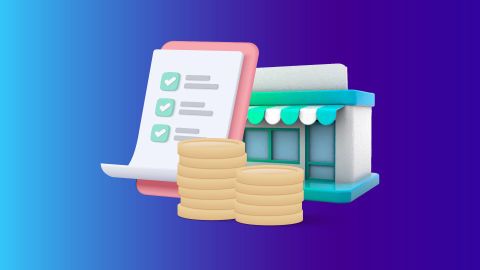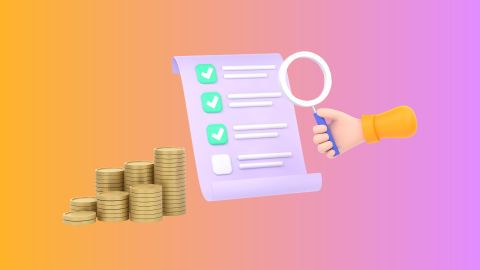Classification of education services
Service Category
|
Description
|
School Education
|
Pre-school, primary, secondary, and senior secondary classes
|
Higher Education
|
Colleges and universities offering recognised qualifications
|
Vocational Training
|
Skill development and job-oriented training programmes
|
Professional Coaching
|
Private tuition and exam preparation services
|
E-learning
|
Online courses and digital education platforms
|
New GST Rate on Education Items
Item Description
|
Old GST Rate
|
New GST Rate (Effective 22 Sept 2025)
|
Exercise books, graph books, lab notebooks, regular notebooks
|
12%
|
0% (Exempt)
|
Printed maps, wall maps, atlases, topographical plans, and globes
|
12%
|
0% (Exempt)
|
Pencils (including mechanical/sliding pencils), pencil sharpeners
|
12%
|
0% (Exempt)
|
Crayons, pastels, drawing charcoal, tailor’s chalk
|
12%
|
0% (Exempt)
|
Erasers
|
5%
|
0% (Exempt)
|
Mathematical instrument sets (geometry boxes)
|
12%
|
5%
|
School bags
|
12%
|
5%
|
GST impact on the education sector
- Higher education institutions may face higher running costs, as they cannot claim Input Tax Credit (ITC) on services they use, such as IT support or security.
- Private tuition and coaching remain taxed at 18%, continuing to be a financial burden for students and families.
- Parents of school-going children benefit from tax exemptions on many school supplies, helping to reduce overall expenses.
- E-learning platforms still have to manage GST compliance and tax costs, which could affect the affordability of online courses.
- Overall, the cost of education is likely to rise across several areas.
GST role in education accessibility
Keeps basic education accessible by continuing the GST exemption for pre-school, primary, and secondary schooling.
Eases the financial pressure on families by removing GST on educational materials and stationery.
Makes professional and higher education less accessible for some, as these still attract 18% GST rate.
Overall, the impact on education access is mixed — formal schooling and supplies are now more affordable, but private coaching remains costly.
Factors influencing education accessibility
Economic conditions and affordability of education services.
Government policies and subsidies for education.
Availability of financial aid and scholarships.
Infrastructure and digital accessibility.
Awareness and societal attitudes towards education.
GST and education policy
- GST exemptions support government policies that promote basic education and recognised vocational training.
- They also play a role in shaping future decisions on funding for higher education and digital learning.
- The latest reforms show the government’s effort to strike a balance between collecting tax revenue and making education more accessible, especially at the foundational level.
- The new policies highlight that affordable school supplies are an important part of improving access to education.
How is GST calculated on educational services?
- Check whether the service is taxed at 0% or 18% under GST.
- Work out the GST amount based on the cost of the service.
- Add this GST amount to the original service price.
- Use an online GST calculator to get accurate results.
- Make sure you follow all GST filing and payment rules.
GST on Educational Services: Latest updates
The 56th GST Council Meeting, which introduced GST Reforms 2.0, brought major tax relief for students. The exemption on fees for recognised educational institutions has been kept in place. A key change is the removal of GST on many educational items — like notebooks, pencils, erasers, and printed maps — which have been moved from the 12% tax slab to 0% (exempt). This move directly helps reduce the financial burden on students and parents.
Conclusion
GST continues to have a strong impact on the education sector, affecting both costs and access. While exemptions help support basic education and recognised vocational training, the higher GST rates on advanced and commercial education services still pose challenges.
The recent GST Reforms 2.0 have brought welcome relief by removing tax on many educational supplies, easing the financial load on students and parents.
It’s important for schools, colleges, and policymakers to fully understand how GST affects the sector so they can manage costs and keep education accessible. Institutions may also explore business loans to cover running expenses or improve services, especially as they adjust to the new GST changes.






